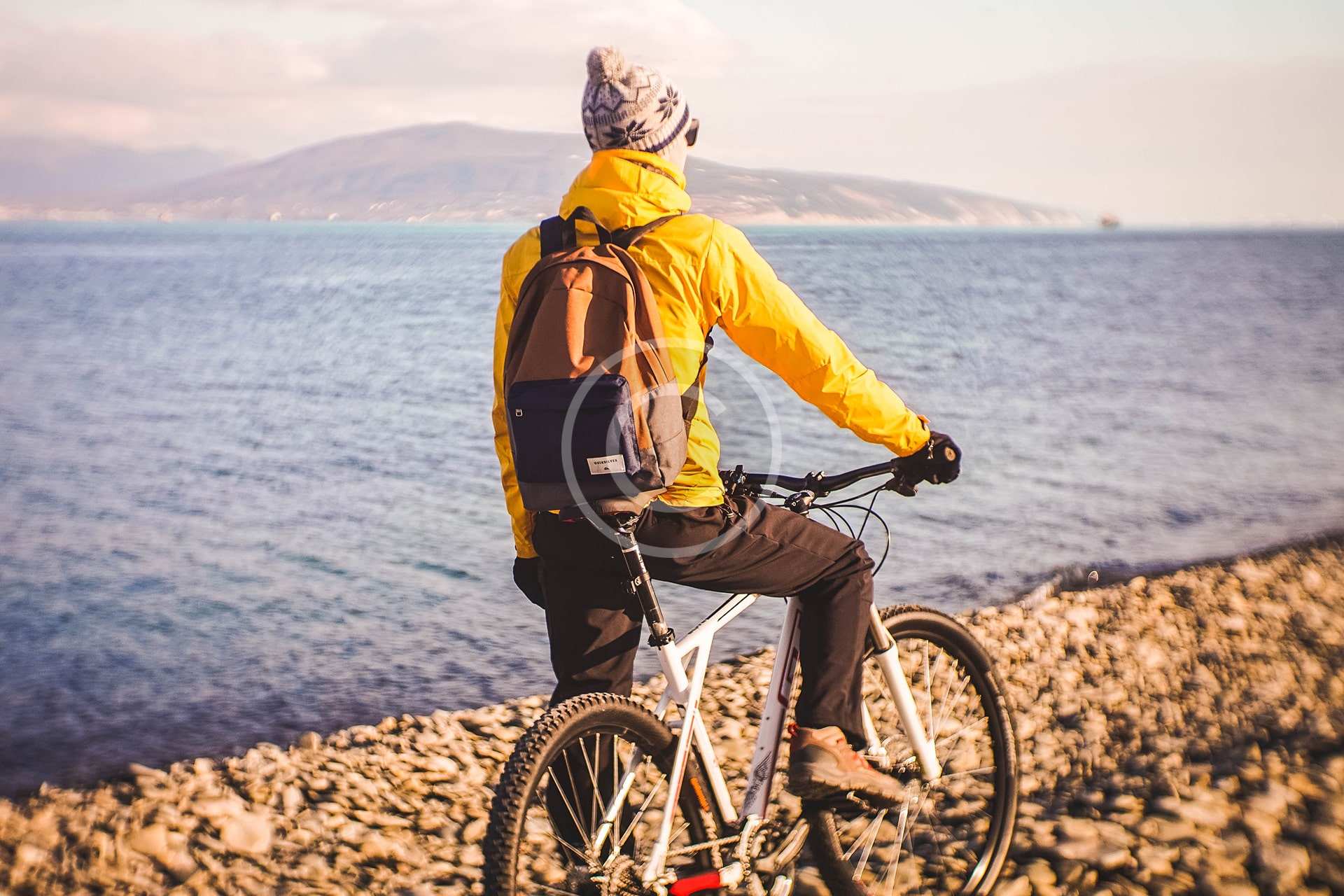Recently, in the facility where we host our morning cycling trainer classes, I noticed a new poster that was hung up. It was very simple, but made a valid point. The poster simply states, “Communication – the link between the world and you.” Communication is the foundation on which any relationship is formed, and, for a coach, it is the details that an athlete communicates to us that determines the success of a training.
Technology has advanced over the years to provide more accurate data such as sports computers, power meters and other measurement devices. A result, coaching has also become more finely tuned for each athlete. Though it is helpful, it is not the only tool needed for successful training. Even with the advent of sports technology and data, it can not be fully utilized without the addition of the athlete’s feedback.
Our coaches check in with athletes on a regular basis, some a little more often than others based on their coaching package level. When you chat with your coach, it’s important to touch on the following subjects to provide us with the details that your watch, heart rate monitor or tracking app can’t.
Health – Sickness has varying levels of severity. It can be as small as a cold, as severe as cancer, or anywhere in between. With these varying extremes comes different responses in what can and should be done with your training in the future. In some instances, light activity could be good for you.In others, it could be detrimental. Be sure to discuss training with both your doctor and your coach. With their advice, you can be mindful of your health. You only have one body. Goals and training are easily changed. Your health is worth making adjustments for!
Travel – It might seem like common sense to tell your coach about planned vacations, but sudden business trips or travel for other reasons also occur. Don’t hesitate to let us know. With some head notice and pre-planning (even if it is 12 hours head notice,) adjustments can be made to increase the efficacy of training. Be sure to note if you’ll have time to train and what equipment you might have available, if any, while you’re away.
Family Life – We are not just talking about the fact that you are married, have a family, or are going on a vacation. This refers to the more intricate inner workings of your family dynamics. For example, it might be important to discuss with your coach if your family supports your training, how you eat compared to them, if you are arguing with your spouse or if your teenage child “hates you.” Each of these impacts stress level, which can lead to less follow through on many of your sport specific activities. Give us a heads up that life is impacting your training, and we’ll do our best to update your plan and give you the encouragement you need.
Sleep Quality – Let’s be honest, there is a difference in your sleep if you are single, married, have young children, teenagers, are empty nesters or retired. Some of these stages are better and some are worse for sleep, but each has its implications on sleep and every person handles sleep differently. Sleep is key for your recovery process. Did your toddler keep you up all night? Were you lying awake thinking about that big project at work? Keep us posted on your rest and we can try to make the right recommendations and changes.
Actual feel after workouts or events – You nailed the workout based on power numbers, but, compared to last week’s workout, you felt terrible. Your legs were heavy. Your head hurt. Your knee ached. You wanted to quit more times than you could count. These are all details that are very important and impact your day’s workout, your week’s training and your mental and physical state for each consecutive workout. Talk to your coach about how tough the workout felt or didn’t feel, regardless of your numbers. We can help you get to the bottom of why the workout didn’t go as planned.
For a coached athlete, your communication between you and your coach needs to be open and honest. If you do not have a coach that you feel you can speak freely with, it is time to consider a transfer to a coach that you can trust. If you speak with your coach about details like these, but don’t see any changes to your training plan of action, it might also be time to seek new mentors in your sport.







